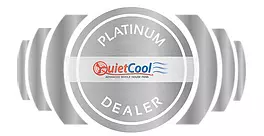What is a Whole House Fan…
and How Does it Work?
Air conditioning is costly to run, and cycling the same air through your house concentrates pollutants. Your QuietCool whole house fan brings a fresh, clean breeze inside, lowers your carbon footprint, and runs for a tenth of the cost! You can save 50-90% off of your AC usage when used effectively.
The Front Range is the perfect environment to use your Whole House Fan. Night temps are always 20-30 degrees cooler than daytime highs. Open a few windows, turn on your Whole House Fan, and let the fresh, Rocky Mountain air cool, clean and refresh your home.

We have a 5-Star Rating on Google with 200+ Reviews
A Whole House Fan is an Eco – friendly, efficient way to cool & clean your home.
How Does a Whole House Fan Work?
1. When the temperature cools in the evening, just open a few windows and turn on your Whole House Fan.
2. The Whole House Fan draws cool, fresh air from outside into and through your home, taking dust, odors, virus & bacteria, pollen, dander and toxins up and out the attic vents.
3. By drawing air into your attic, you will force the hot attic air, which can soar up to 160 degrees in the summer, out of your existing roof vents. (Proper roof ventilation is necessary!) This is called Thermal Mass Cooling.
4. We recommend running the unit for 2 to 3 hours in the evening and running it again in the morning for an addition 30 minutes to 1 hour.
Colorado’s climate is perfectly fitted for a QuietCool Whole House Fan. No matter how hot it gets during the day, our nights always cool down by 20-30 degrees.
It is precisely that Rocky Mountain cool air that our fans use to cool & clean your house & attic in a matter of minutes.You will experience the immediate benefits of a Whole House Fan as a cool, refreshing breeze comes whirling through your home. And Ladies, you will dust less! Your home has now been made cooler, cleaner, healthier, & more comfortable.
Thermal Mass Cooling
Your QuietCool Whole House Fan should be used anytime the outside air temperature is lower than the inside temperature. This is key for the principle of Thermal Mass Cooling to work.
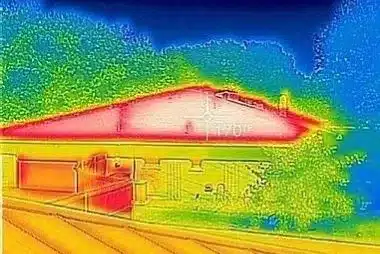
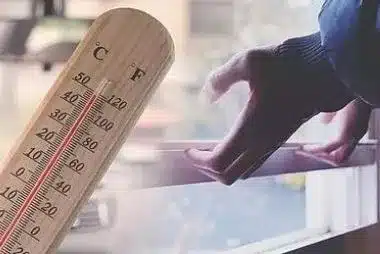
Reality Talk
What do many people do when they come home after work and it is really hot inside but cool outside? They open their windows instead of turning on their A/C so they can draw in that cool air. These open windows create a “passive” cross breeze and cool the home through thermal mass cooling.
Tech Talk
The “passive” cross breeze described above becomes an “active” breeze for QuietCool homeowners and this is the key to thermal mass cooling. Passive breezes within a home will eventually cool the ambient air to a comfortable level but will not move enough air to cool the mass within the home. When correctly sized, a QuietCool system will fully exchange the entire air volume of a home 15-20 times per hour, or about one full air exchange every 3 to 4 minutes. The “active” breeze is how QuietCool thrives. Mass “cooling” results because the QuietCool system is removing stale, hot air and replacing it with fresh cool air.
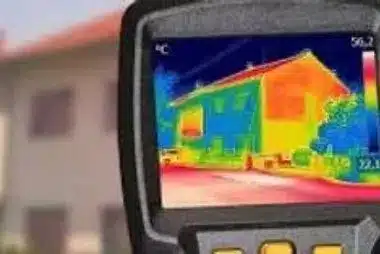
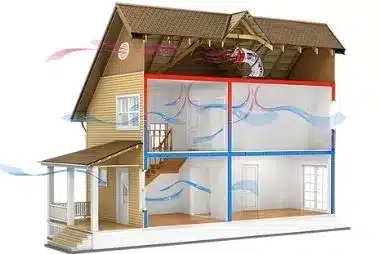
Net Effect Of Cooled Mass
A “cool mass” home does not reheat as much or as quickly as a “hot mass” home. Within a day or two of installing a QuietCool system, homeowners are amazed when they come home after work and their house is still cool from the night before! The reason the home remained cool was that the mass of the home had been cooled by a QuietCool system and thus did not reheat as rapidly as it typically would.
Energy Savings
People who run their whole house fan on a regular basis use their A/C 50-90% less. This also results in extending the life of your A/C by at least 50%! The ROI is 2-4 years, depending on how you normally use your A/C, making this the fastest payback of all Green Energy Appliances. Your fan will cost pennies per hour verses dollars per hour. As a testimonial, we personally have not turned on our A/C since installing our QuietCool whole house fan!
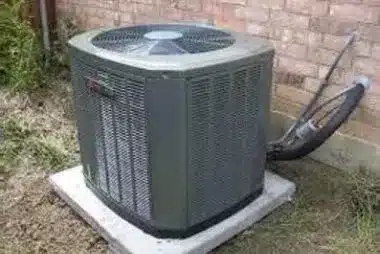
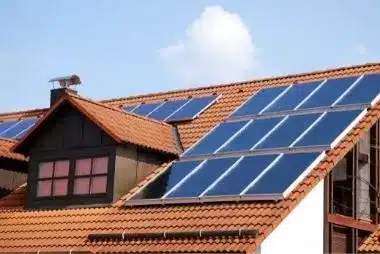
Net Zero Home
Pairing your whole house fan with solar panels, serious amounts of insulation, & other energy efficient appliances will help you achieve a Net Zero Home because your home can generate as much electricity as it uses.
You can have clean and fresh air with a whole house fan from QuietCool.

